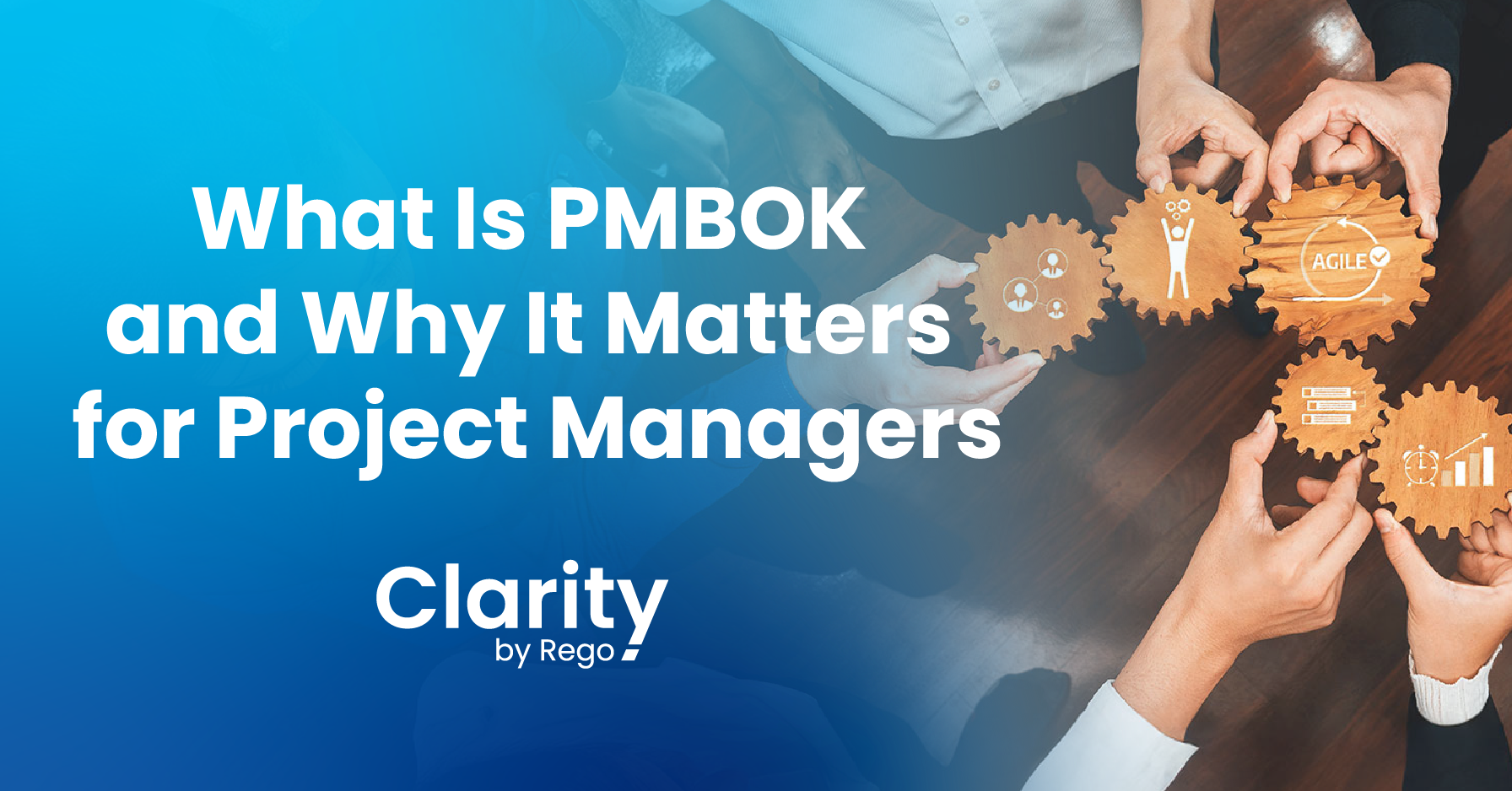by Tami Matthews
Share

If you’ve worked in project management for any length of time, you’ve probably heard someone reference PMBOK, which is short for the Project Management Body of Knowledge. Published by the Project Management Institute, PMBOK is the industry’s most widely recognized guide for project management standards.
PMBOK is a living reference book. It’s not static; it gets revised and updated to reflect the realities of modern business, from agile practices to hybrid project environments. The latest edition emphasizes adaptability, recognizing that today’s organizations juggle constant changes and new technologies.
The big idea is simple: When teams use a common framework, projects run more smoothly. Standardization reduces communication barriers, helps teams align on goals, and improves the odds that initiatives will be delivered on time, within scope, and on budget.
Learning and applying PMBOK gives project managers a roadmap for consistent results while advancing their professional skills and credibility. Let’s dive into what that means for you!
Understanding the PMBOK Framework
A common misconception is that PMBOK tells you exactly how to run a project step by step. PMBOK is a framework, not a rulebook. It outlines what should be considered and why it matters but leaves the how to you and your organization.
PMBOK organizes project management into five process groups, which represent the natural flow of a project’s lifecycle:
These process groups create structures without limiting creativity. By following them, project managers can improve ROI, strengthen accountability, and increase predictability. These are tthree things every executive care deeply about.
The 10 Knowledge Areas of PMBOK
While process groups describe the flow of project management over time, the knowledge areas highlight the subject matter. These critical domains of expertise guide decisions and keep projects on track.
1. Integration Management –
Ensuring the project stays cohesive by managing dependencies and unifying processes.
2. Scope Management –
Defining what’s included in the project and just as importantly, what’s not.
3. Time (Schedule) Management –
Creating and maintaining realistic timelines.
4. Cost Management –
Building budgets and controlling costs.
5. Quality Management –
Making sure deliverables meet requirements and deliver value.
6. Resource Management –
Allocating and guiding both people and materials effectively.
7. Communications Management –
Ensuring stakeholders receive the right information at the right time.
8. Risk Management –
Identifying, assessing, and planning for uncertainties.
9. Procurement Management –
Managing contracts, vendors, and external partnerships.
10. Stakeholder Management –
Engaging people and managing expectations.
A seasoned project manager juggles all ten areas at once, balancing trade-offs to keep the project moving. Mastery here builds credibility and when leadership knows you have a plan for risks, they trust you to deliver.
Project Lifecycle and Governance in PMBOK
Every project passes through a natural lifecycle:

PMBOK aligns each of these stages with its process groups, giving teams a structure to manage complexity.
But lifecycle alone isn’t enough. That’s where governance comes in. Governance frameworks provide the guardrails that ensure projects align with organizational strategy. They create accountability, streamline decision-making, and offer leaders a clear view of performance.
For example:
- Executives can see portfolio-wide progress and financial health.
- PMOs gain the visibility needed to balance capacity and demand.
- Project teams know where to escalate issues and how decisions will be made.
Governance is the bridge between leadership and delivery. PMBOK gives you the language and structure to make that bridge solid.
Practical Benefits of Applying the PMBOK Framework
So why should a busy project manager invest time in learning PMBOK? The benefits are tangible and show up directly in project results. Research from PMI has shown that organizations using standardized practices consistently achieve stronger success rates, delivering projects on time and within budget. A shared framework also improves communication, allowing stakeholders to “speak the same language” and avoid misalignment.
By embedding risk management and monitoring into every stage, PMBOK helps teams spot issues early and act proactively rather than reactively. Its emphasis on cost and resource management brings clarity to allocation, preventing your team’s burnout.
Finally, the framework closes the loop with continuous improvement. Every project captures lessons learned that can be applied to the next, steadily building organizational knowledge. PMBOK equips project managers with a practical roadmap that turns best practices into success for you and your team.
PMBOK and PMP Certification
While PMBOK is valuable on its own as a framework, most project managers don’t stop there. The Project Management Institute (PMI) uses PMBOK as the foundation for the Project Management Professional (PMP)® certification exam.
The PMP credential is the most widely recognized certification in the field and earning it signals not only knowledge of PMBOK but also the ability to apply those principles in real-world projects. In other words, true PMBOK experts are often PMP-certified professionals who have demonstrated both mastery of the framework and practical project leadership skills.
How Clarity by Rego Supports PMBOK
Frameworks are powerful, but without tools, they’re hard to operationalize. That’s where Clarity by Rego, a PPM tool comes in.
Clarity is a project and portfolio management platform that naturally complements PMBOK. It takes the framework’s concepts and turns them into day-to-day practices:

Let Rego Be Your Guide
At Rego Consulting, we’ve seen firsthand how pairing PMBOK with Clarity by Rego transforms organizations. Teams gain the structure of PMBOK plus the real-time visibility of a PPM tool. Executives get confidence, project managers get clarity, and the organization benefits from more predictable outcomes.
Rego’s role is to bridge theory and practice. We help organizations interpret PMBOK principles in a way that fits their culture, then implement Clarity by Rego to make those principles scalable.
PMBOK is a professional compass for project managers and a strategic framework for organizations. It defines the standards that make projects more predictable, communication clearer, and outcomes more reliable.
But PMBOK isn’t meant to be followed blindly. The real power comes from adapting its principles to your team’s environment. When combined with the right technology, like a PPM tool, such as Clarity by Rego, the framework becomes actionable.
If you’re looking to elevate your project outcomes and explore how Rego Consulting can bring PMBOK to life. With the right mix of best practices and technology, your organization can achieve consistency, efficiency, and success across every project.
STAY IN THE LOOP
Get Notified of Updates.
Stay ahead of the curve by subscribing to our newsletter. Get the latest insights, strategies, and tools delivered straight to your inbox, and empower your business to achieve more.

